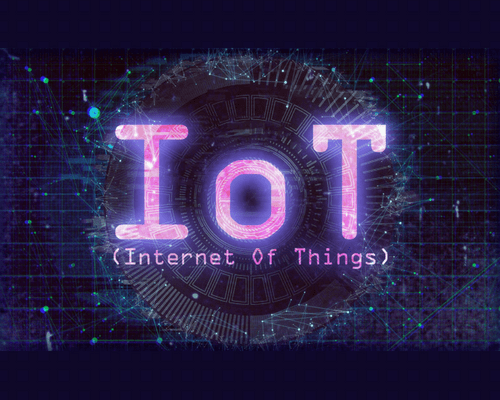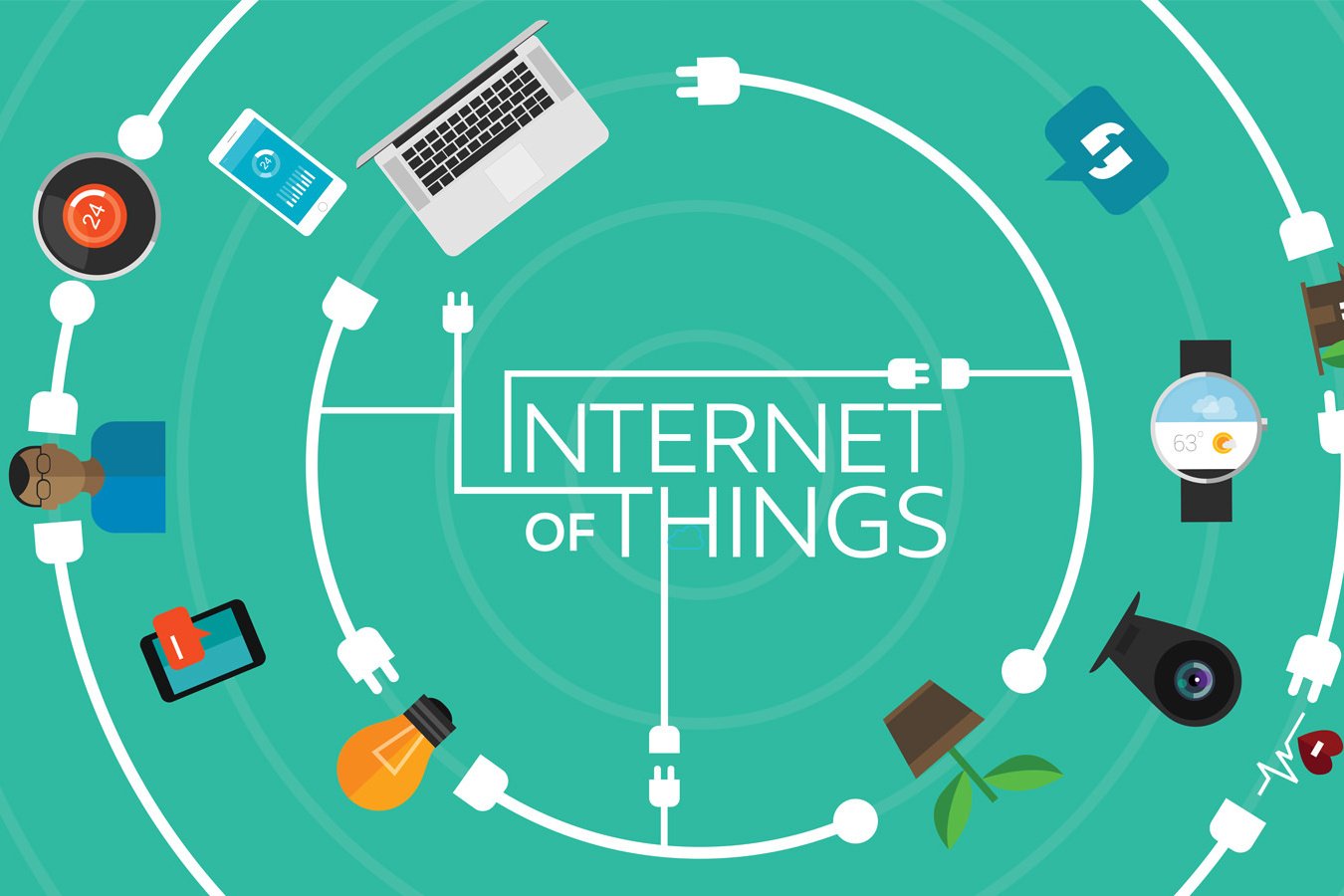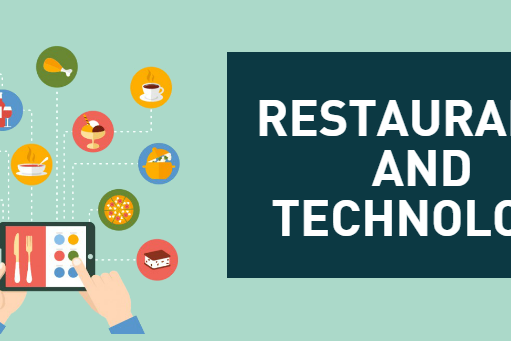What are the essential elements for designing an IoT strategy? What kind of capabilities do you need? What are the roadblocks and how can you overcome them?
One of the main reasons why the popularity of Internet of Things (IoT) is increasing by leaps and bounds is it is disruptive as well as transformative in nature. Disruptive because it radically challenges the manner in which how most businesses work, and transformative because it introduces new technology platforms in organizational work processes. According to Gartner Inc., it is estimated that approximately 8.4 billion devices will be connected through IoT by the end of 2017, while McKinsey Global Institute, yet another private-sector “think tank” company analyzing the evolution of the global economy estimates that IoT market shall grow between $3.9 trillion to $11.1 trillion by 2025.
While industrial verticals such as manufacturing, transport and logistics, and supply chain industries have realized the importance of using IoT technology to reduce operational overheads and increase profits, other verticals like public services, healthcare, retail, consumer products, etc. are expected to follow suit in the long run.
Five essential elements for designing an IoT strategy
1. An IoT strategy should focus upon some business value that can significantly impact the organization in a positive manner, such as an increase in revenue or growth, or an improvement in the work processes that can drastically increase productivity levels of employees or improve their work efficiency levels to yield better profits for the company.
2. The second element should focus upon consistency in thoughts and using a top-down approach to identify problematic issues or non-productive assets currently employed by the organization. The management should not lose its focus as to what it proposes to achieve using IoT and what it can gain through its implementation.
3. The third element suggests a well-defined ecosystem that can meet the scope of all IoT related processes and systems. Internet of Things technology depends heavily upon supportive hardware and devices which can further add on to the project budget. Technology acquisition, technical training and the cost of devices incur certain costs and management have to plan the budget accordingly to sustain the ecosystem over time.
The second issue is that disruptive technologies constantly evolve and organizations are required to invest in time, efforts and money to keep pace with technological advancements.
4. Fourth element concerns skill sets and capability levels of the organization’s tech team. Does the team include engineers and technicians who’re well versed with proposed IoT technologies? Do they require additional training? Can they be trained? Do you need to recruit new tech personnel? Can you outsource technology maintenance aspects?
5. The fifth element takes into consideration how change management affects an organization’s workforce and the willingness of people in embracing IoT.
A concept that radically challenges how people work and proposes new ways of working doesn’t always go well with the teams. Organizations have to work out proper plans to support change management.
Five capabilities for executing the strategy
Skills
Organizations have to depend heavily upon the skill sets of their tech teams to design and develop their business processes. IoT requires an understanding of technical aspect pertaining to embedded systems, networking knowledge, computer programming, machine learning, big data, network security, UI / UX design, mobile development, etc.
Change management
As explained before, people may find it difficult to accept new ways of working, and may even resent adopting new processes and methods. It is important that teams open up their mind-sets to tackle new challenges and maintain a positive attitude towards work, to find new ways of working which can foster further growth. Both managements and teams should be ready to adapt to dynamically changing work environments where productivity can be measured on a daily basis rather than at the end of the month.
Designing the right business model
Domain knowledge is necessary to create the right business model. Since IoT radically changes how businesses function, managements should, if required, educate themselves about the scope and applicability of IoT technologies and identify best ways to harness the full potential of IoT while creating the business model.
Technology integration
Each technology proposes its own implementation related challenges – especially when hybrid systems are developed over the cloud and linked with devices generating data from various sources. Businesses have to focus upon developing compelling IoT solutions that can explore how disparate data is collected and analyzed in real time and across time to provide valuable insights. Typically, each solution may involve a technology which can best target the operational objectives of maintaining and sustaining an IoT based process. As several types of technologies constitute an IoT ecosystem, each technology needs to be properly integrated so the flow of information can be streamlined and the system can function in a desired predefined manner.
Service capability
IoT implementation requires people skilled in several technology stacks. Since devices are linked up using cables and connectors, you need hardware technicians who can understand and maintain information highways. You also need software programmers for IoT application development – To design apps and modules using disruptive technologies. Systems architects have to understand business requirements and propose an architecture model to fulfill those requirements.
Experts specializing in several IT disciplines may be required to maintain IoT ecosystems. Moreover, everyone involved in the upkeep and maintenance of IoT services should take ownership and hold themselves responsible for their work.
Five roadblocks that can hamper IoT implementation
Legacy
Each industry vertical has its own dynamics and a set of technologies that influences it. IoT adoption forces businesses to change their mind-set and embrace new technologies. Traditional systems have to be brought on the same plane as new technologies to streamline business and work processes. Legacy systems have to be upgraded to incorporate new changes and acquire the capability for IoT development – Are businesses ready for this? Would they be ready to venture into the “unknown” and accept IoT processes in which they have limited or no experience? Would it create insecurity?
Security
IoT devices are unmanned and generally communicate through remote computer networks. IoT devices form the base of all inputs which are collected and analysed by remote systems located in different places. Computers networks are prone to cyber-attacks and can be easily hacked. What kind of security system do you propose to safeguard your IoT ecosystem? Can networks be protected? What kind of technologies do you propose to protect the data being generated and transferred by the devices over the network? Can the authenticity of data be maintained at all times?
Lack of skills
Creating a plan can be easy but its implementation could lead to unpredictable results. Quite often, even though skills may exist on paper, correct objectives may not be achieved if those skills are not implemented in a proper manner. It may be due to a lack of practical working experience on inadequate technical knowledge. At times, people may possess the right skills and experience but still find it difficult to adapt to particular requirements and fail to deliver. Does your taskforce actually have skills that can really deliver project objectives and fulfill business goals? Does it understand the intricacies of the ecosystem? Is everyone clear about his or her part?
Regulatory framework
“Middle” market companies constitute the backbone of U.S. economy’s growth. It’s not big corporate or SMEs that experiment with new concepts and disrupt themselves all the time – Usually mid-sized companies with sufficient funds and technical knowhow pioneer new concepts and ideas. Businesses have to comply with federal regulations, especially the food and healthcare industries when they sell goods in the open market. What is the nature of deliverables in your business? Are the deliverables subjected to federal or other regulatory bodies? Do you need to take special licenses or certificates to manufacture and sell your products? If you introduce IoT into your business, up to what extent does it change your manufacturing process? Do you need to take any license to ensure people you can safeguard sensitive data? Up to what extent do these rules and formalities affect your business?
Lack of standards
In a highly competitive market, high-quality standards are not add-ons – They are prerequisites for survival. Since you need standards to help production teams focus upon specific quality parameters, it becomes imperative to first define what your standards are, and up to what extent you plan to implement them. Ideally, QA ought to be implemented in each and every process that generates a saleable deliverable, but on a practical basis can your business maintain the same quality standards over time? How much will standards for IoT project development cost you? What is your competition level? What kind of quality do your competitors provide in their products?
Digital transformation And IoT
Digital transformation does not mean a shake-up of existing processes or exploring a couple of new marketing or sales avenues to enhance your ROIs. It includes a fundamental, whole-scale change to the very foundation of your business – right from infrastructure and marketing models to operating processes and quality as well as the frequency of deliverables.
If digital transformation aims to improve efficiency levels, facilitate the decision making process, increase your market reach and enhance your brand value, using IoT to drive your digital transformation can further help you to undertake better decisions through improved value creation using improved data insights.
You might also like
Stay ahead in tech with Sunflower Lab’s curated blogs, sorted by technology type. From AI to Digital Products, explore cutting-edge developments in our insightful, categorized collection. Dive in and stay informed about the ever-evolving digital landscape with Sunflower Lab.





